Wonder Is Everywhere: 2,000 Ram Skulls, a Cold War Mystery, and More From Around the Web
Get a peek into what we’re obsessed with right now.
Wonder is everywhere. That’s why, every other week, Atlas Obscura drags you down some of the rabbit holes we encounter as we search for our unusual stories. We highlight surprising finds, great writing, and inspiring stories from some of our favorite publications.

The Cold War Mystery the U.S. Military Can’t Afford to Forget
by Gordon F. Sander, Politico Magazine
Every April, a solemn ceremony in Liepāja, Latvia, honors the 10 Americans killed when the Soviet Union shot down a U.S. Navy plane in 1950, the first deadly encounter in the Cold War. Historians say the incident is vital to current American relations with Russia—but no one knows quite what happened on that day, 73 years ago.
Centuries-Old Letters Help Researchers Understand Climate Change in Mauritius
by J. Besl, Hakai
Long before sophisticated data was used to track weather patterns in the Indian Ocean, people in Mauritius, off the coast of East Africa, wrote about the region’s biggest storms in their letters. This correspondence, plus newspaper coverage and early storm monitoring methods, has allowed climate historians to produce a record of severe weather from 1720 to 1940. “Very few, if not no, cyclones have escaped us,” says researcher Emmanuel Garnier.
How Art Sleuths Reunited a Family (Sort of)
by Brianna Scott, NPR
A touching 17th-century portrait of father and son in the Nivaagaard Collection in Denmark revealed a secret when it was unframed—the hand of a woman who had seemingly been cut from the painting. How did researchers find the missing woman and reunite the family on the walls of the gallery?

2,000 Ram Skulls Uncovered in an Ancient Egyptian Temple
by Ahmed Shawkat, CBS News
One thousand years after the death of Ramses II, who ruled over Egypt for six decades in the 13th century B.C., the man was still remembered and revered, say archaeologists who found an unusual offering in a temple dedicated to him: 2,000 mummified ram skulls, seemingly all placed there at the same time. It “was surprising even for Egyptologists,” says excavation leader Sameh Iskander.
A Crystal From India Is Actually a 67-Million-Year-Old Dinosaur Egg
by Sascha Pare, LiveScience
More than a century ago, a piece of agate collected in the Deccan Traps of west-central India was donated to the Natural History Museum in London. It wasn’t until the beautiful crystal stone went on display in 2018 that researchers began to wonder about its perfectly spherical shape—and the unidentified thin layer surrounding the agate.
The First Stained-Glass Image of Jesus as a Black Man Discovered During a Home Renovation
by Sarah Cascone, Artnet
“It’s a rebel window,” says Hadley Arnold, an art historian and architectural designer who stumbled across the 19th-century stained-glass window while working to convert a church in Warren, Rhode Island, into a home for her family. The 12-foot-tall window, created in 1877, is believed to be the first stained-glass depiction of Jesus as a Black man.

The Loneliest Island in New York to Welcome Visitors
by Corey Kilgannon, The New York Times
For 150 years, Hart Island, a 131-acre strip of land on the western end of Long Island Sound, has served as a potter’s field for New York City. It is home to an estimated one million graves, and it has long been off-limits. But later this year, the city will begin hosting nature classes and guided tours of the island. “For decades, Hart Island has been misunderstood and stigmatized,” says Sue Donoghue, the commissioner of the New York City Department of Parks and Recreation. “But today is a new day.”
Say Hi to Hester, the Mummified Ground Squirrel
by CBC News
This spring, a 30,000-year-old ground squirrel named Hester, discovered near Hester Creek outside of Dawson City, Yukon, joins its Ice Age friends—including a Zhùr, a 57,000-year-old gray wolf pup, and Nun cho ga, a 40,000-year-old baby wooly mammoth—at the Yukon Beringia Interpretive Centre.

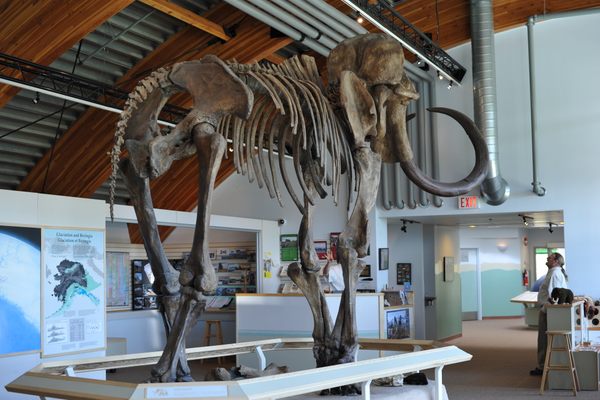
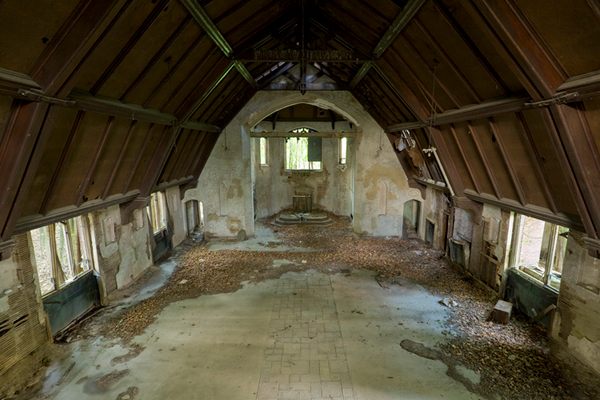

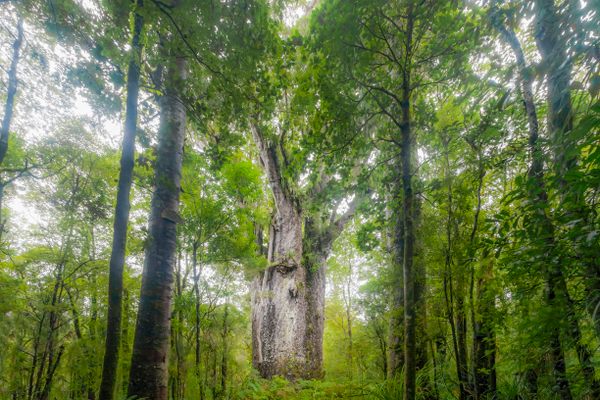
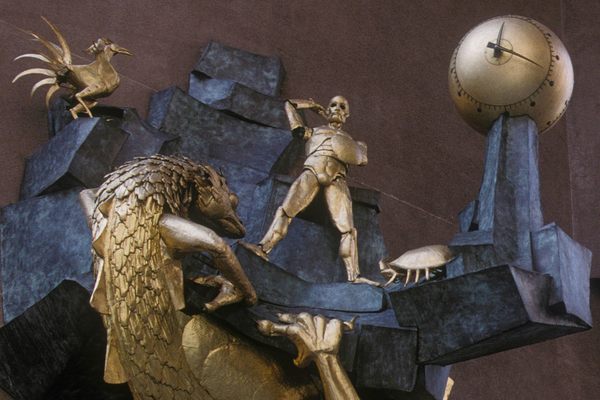

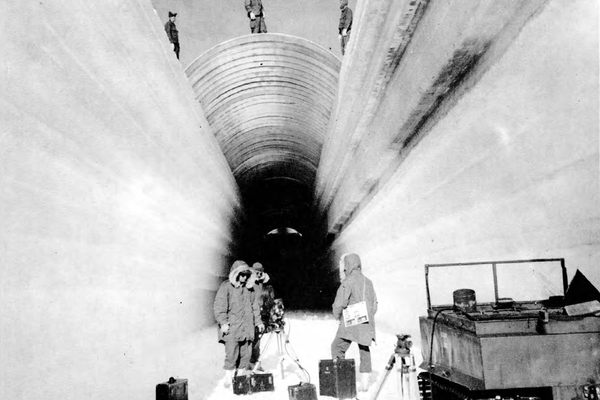



































































Follow us on Twitter to get the latest on the world's hidden wonders.
Like us on Facebook to get the latest on the world's hidden wonders.
Follow us on Twitter Like us on Facebook